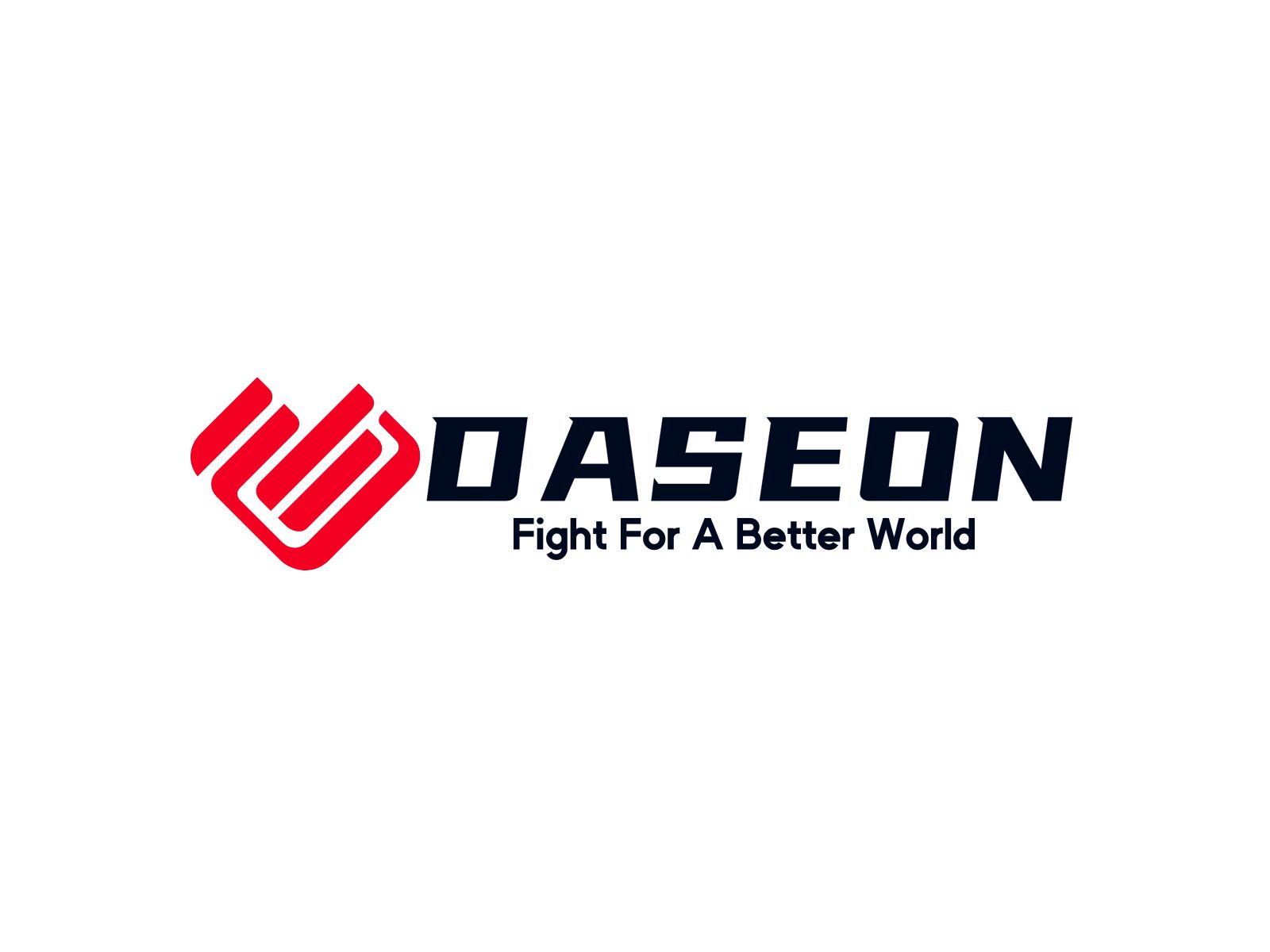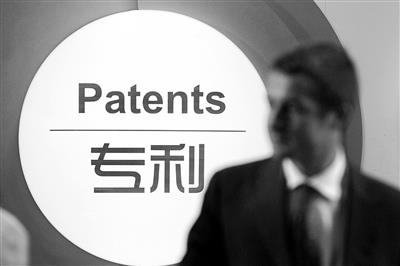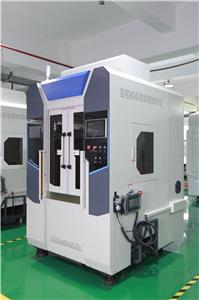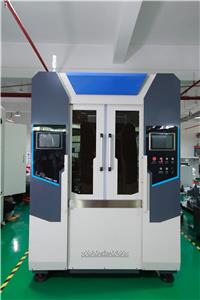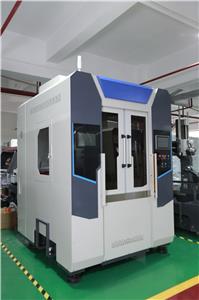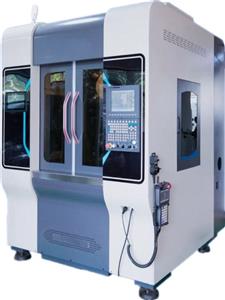- Home
- >
- News
- >
- die casting manufacturing
- >
- What is the problem with the source of innovation in China?
What is the problem with the source of innovation in China?
Wht is the problem with the source of innovation in China?
Wrote by Wang Yuquan

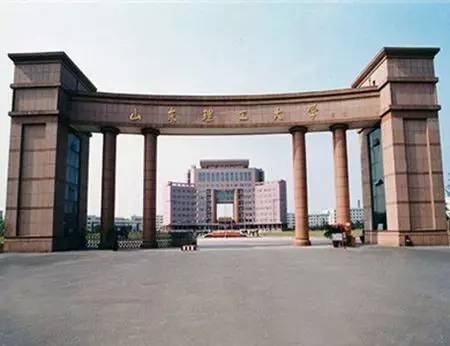
A recent article entitled "A Shandong-based Professor's 500 Million Celebrity Myth" has been screened in the scientific and technological community. The article describes the patented technology for fluorine-free urethane foaming agent developed by Professor Bi Yuxi from the Shandong University of Technology, with a value of 500 million yuan. The price of the exclusive license to a domestic enterprise, this amount has refreshed the record of the transformation of scientific and technological achievements in domestic universities, more than 50 million more than the second-placed Tsinghua University.
However, I read the entire article and found that there are many sadness behind this story. In each link, it reflects the problems of the R&D management system of Chinese universities. Professor Bi’s success is special in special circumstances and cannot be copied at all...
First of all, the R&D project was not able to apply for funding at the beginning.
The research basis cannot be filled out on the project application because no one has done it before. If no one has done it abroad, the general review will be difficult to pass. Only some people in foreign countries have begun to study. Even after they have published papers and applied for patents, Chinese scientists applied for similar topics at this time, calling for filling the domestic gap and reaching the international leading position. It is easy to get favored.
This kind of system cannot be said that the management department does not believe that domestic scientists can make world-class achievements, but considers it from the responsibility-bearing mechanism, because the success rate of new innovation projects is low, and the deadlines and final results of the project are unpredictable. Once the failure, the ultimate responsibility is no one bears. Follow-up innovation is different, others have already done it, at least that this will definitely succeed, and there are already many papers, patents, and even product information for reference. Professor Bi’s project began to conceive and the final test was successful. It took a total of ten years to complete the project.
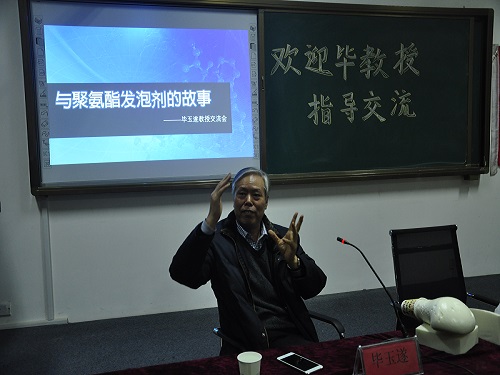
Follow-up research, even if it succeeds in the end, the core intellectual property rights are in others, and some have undergone a strict patent layout. Even if there is improvement, the latter needs the permission of others. As a pure scientific research, once it is commercialized, it will encounter There are many obstacles, so the final results of most of these projects cannot be transformed, and even if they are transformed, they will encounter intellectual property disputes.
According to common sense, if you can't apply for a project without funding, you won't be able to recruit graduate students. This can only be thought of, but Professor Bi's son just happened to study for a master's degree in chemistry, and stopped studying abroad. The funds are also solved through the help of friends. Without these special circumstances, this project could not proceed.
Second, the intellectual property protection of the project is a difficult problem.
Professor Bi’s project has encountered many difficulties from confidentiality to the final patent layout. The most primitive way of secrecy is to guard against death and not leave a dead end. From the beginning, the lab could only participate in the two fathers and sons, and went to the outside for testing. The team played a 12-point spirit to ensure that the samples did not leave the line of sight, and even the papers did not dare to publish, fearing the disclosure of technical secrets. Even so, the theft of the laboratory, all computer hard drives were stolen, thanks to the professor's foresight, did not leave critical information in the laboratory, or the consequences are unimaginable.
The project's confidentiality measures and intellectual property protection measures are now mature, what stages need to be kept confidential, what information needs to be kept confidential, what kind of confidentiality measures should be taken, when the patent layout should be made, and when the papers can be published, all of which have near-standardized solutions. The approach, however, was absent throughout the project.
Professor Bi has overcome these difficulties in the most primitive way by his own wisdom. In fact, the project can publish papers completely, and it may be a very important paper. If the papers are published, they will be evaluated by international peers. Some people will follow up the research and get a lot of valuable information.
Why do foreign research institutions dare to publish papers? Before the publication of the paper, a comprehensive patent layout and technical secret protection will be done. Even if someone studies further, once commercialization is required, it will only be more beneficial to themselves. There is also enough time between patents and publications to publish papers.

This project also encountered many difficulties in the layout of patents. Professor Bi found that he could not find a suitable professional service team. Because he did not trust, he did not have the right channel to understand. Finally, the school leaders came forward to write letters to the leaders of the State Council, and the leaders paid attention to the instructions. Later, the State Intellectual Property Office sent a senior examiner from the Chemistry Department to help with the search and participate in the patent layout. However, how many projects can get such treatment? Such an important technological achievement, if the patent layout is mistaken, the whole project will be abandoned. In particular, the giants of several major chemical industries in the world have very senior intellectual property management teams. Once the patent has loopholes, the results will be presented in vain. It is.
Finally, the results are transformed.
In the transformation of achievements, Professor Bi’s university is almost full of the power of the whole school. “The Vice-Chancellor leads the team from the Finance Department, the Legal Department, the Assets Department, and the Science and Technology Department, and strives to negotiate a good price.” First of all, to give this school Enlightened and praised, under normal circumstances, scientific research results belong to state-owned assets, and the approval process for transfer will be very troublesome. Controversy has arisen in this regard, and even criminal cases have appeared many times.
But come back and say that although the project was finally valued at 500 million, can it be sold at a higher price? Or use the commission method, according to the sales volume of the product to receive the license fee, rather than buyout, or school help, directly use technology for project financing, set up the company, or based on this project, cooperate with more companies, school establishment related Specialized research institutes to further deepen the value of the project. These are all possible options, but under the current system, other options are hard to support.
It can be seen that the success of this project is full of twists and turns. Every link has special circumstances. If Professor Bi does not have a son who studies chemistry, and is willing to suspend studying abroad, it will take 10 years for youth to engage in this project. If it is not strictly guarded against confidentiality measures, Without the special attention of the school, without the attention of the leaders of the State Council, without the help of the State Intellectual Property Office, the project may be abandoned. This just reflects the problems existing in China's scientific research system, and lacks a scientific and perfect system in terms of project establishment, intellectual property protection, and transformation of results.
Where is the gap?
This is not a question of one or two links, but every place has constraints, and there is a big gap with the top universities in the world. In 2018, the author surveyed seven top universities in Europe, including Zurich Institute of Technology in Switzerland and the Netherlands, Zurich University, University of Geneva, Lausanne Institute of Technology, Eindhoven University of Technology, Delft University of Technology, and Leiden University. The university, to understand how they carried out scientific research projects and the transformation of scientific and technological achievements, found that the technical achievements of Eindhoven University of Technology and Lausanne Institute of Technology were the best, the cooperation between schools and enterprises was very close, and many of the world’s top 500 companies The center is directly built on the campus and can hardly distinguish between campus and corporate research centers.
For example, after the establishment of Eindhoven University, it took less than 40 years of “short time” to quickly become a world-class university. In the 2003 report of the European Commission, Eindhoven University of Technology ranked third among European research universities ( The top two are Cambridge University and Oxford University, and the same is the Munich University of Technology.
In the 2017 Times Global University Rankings, “The 25 Most Innovative Companies Collaborate with Innovative Companies in the World”, Eindhoven University ranks first, and is the world's closest university to business. The school uses a unique social-oriented open research and marketization mechanism for research results.
The school has 14 large research laboratories and 40 small laboratories. All laboratories can cooperate independently. Each laboratory has the head of external cooperation and the person in charge of the transformation of results. The laboratory is open to the society to meet a variety of challenging technical issues, and any business or individual can discuss and connect with them on scientific research issues. These large and small laboratories have established cooperative research centers with dozens of technology companies, and directly participate in the basic research of major enterprises, including ASML, Shell, GE, NXP's school-enterprise joint research center all over the campus.
In addition to these large cooperative research centers, each laboratory has established cooperative research mechanisms with a number of companies, and major companies have moved various research facilities to various laboratories, such as solar energy laboratories with ECN, IMEC, and Solliance. , FEI, Levitech, Meyer-Burger, Océ, Toyota and other companies and institutions to cooperate.
So many companies are willing to cooperate with Eindhoven University in depth, on the one hand, the strong scientific research strength of the university, and on the other hand, because the university is very open to the research results, the company can get the maximum proportion of returns, such as the joint research center in recent years. These companies bring up to 500 breakthrough basic patents, and the school has only 60 patent families in cooperation.
In addition to the topic of external cooperation, the school's researchers can also apply for the project themselves. The school has established a comprehensive research support network, including professionals in the fields of funds, technology, legal affairs, and intellectual property, to provide comprehensive advice for related topics. For special topics, help with the assistance of alumni in external funds and related fields.
For teachers and students to use the school and their own research results to start a business, the school is also actively encouraging and providing near-full range of nanny services. In addition to the school's complete research support network, there are staff in each laboratory that help transform the science and technology, looking for and selecting fund support, legal and intellectual property services.
Relevant support staff are recruited through the society, usually recruiting some work experience, especially in the multinational enterprises with operational experience. The school encourages teachers and students to set up knowledge-intensive enterprises, including the use of the school's intellectual property rights and complete self-employment, schools to provide support, provide relevant fund assistance for each field of entrepreneurship, and give relevant experts guidance in the field of science and technology.
For the start-up companies to give meticulous care, from the beginning of the results of protection, the transformation of scientific and technological achievements, the establishment of companies, early financial support are given a one-stop service. At present, the school has produced 150 successful technology-based startups, and there are 30 newly established technology-based startups every year.
Under such a system, the school has a steady stream of opportunities for external cooperation. Teachers and students have been trained to produce a large number of original and breakthrough results every year. It also provides a good platform for scientific and technological personnel to start business and transform scientific and technological achievements. Let researchers fully concentrate on their own research.
It can be seen that our scientific research management system is not a problem in one aspect, but requires comprehensive reforms. From the establishment of projects, the protection of intellectual property rights, and the transformation of results, major reforms are needed.
